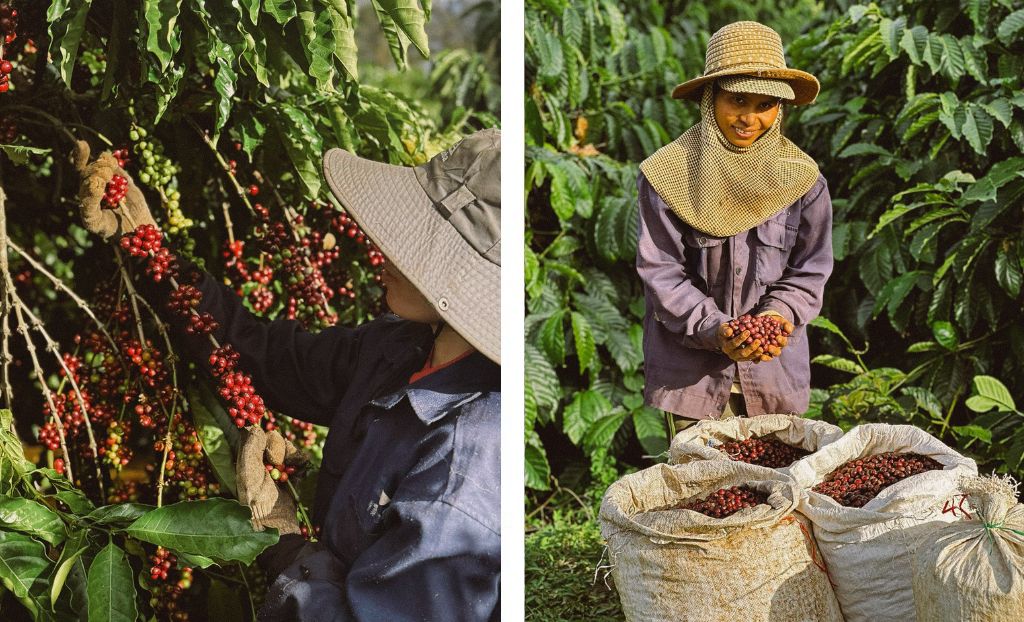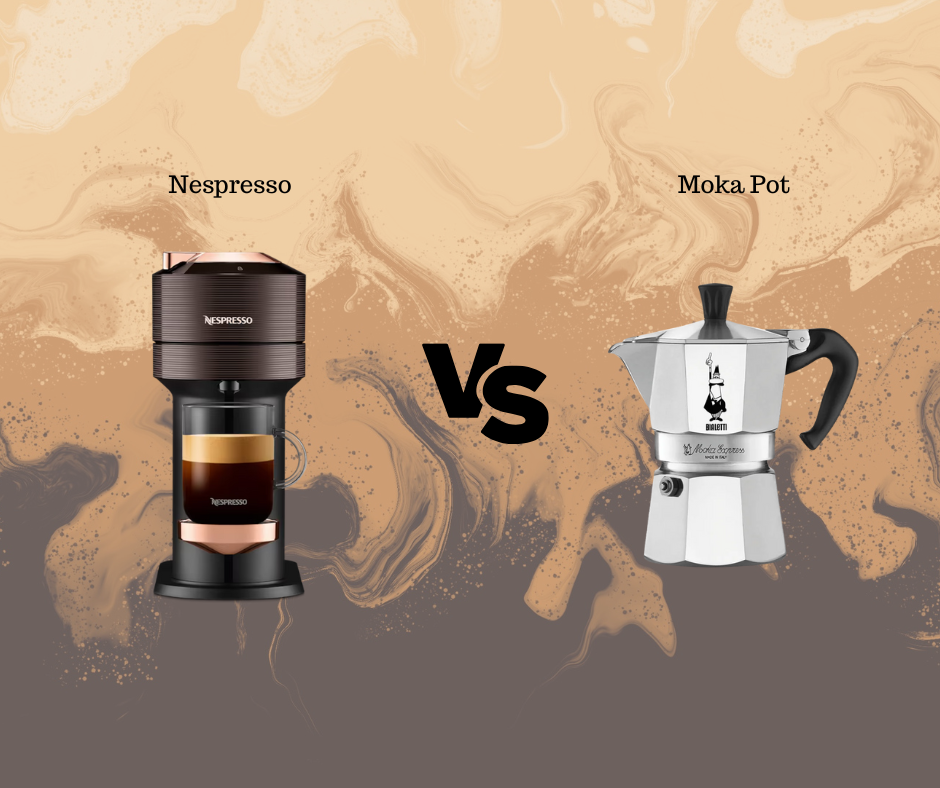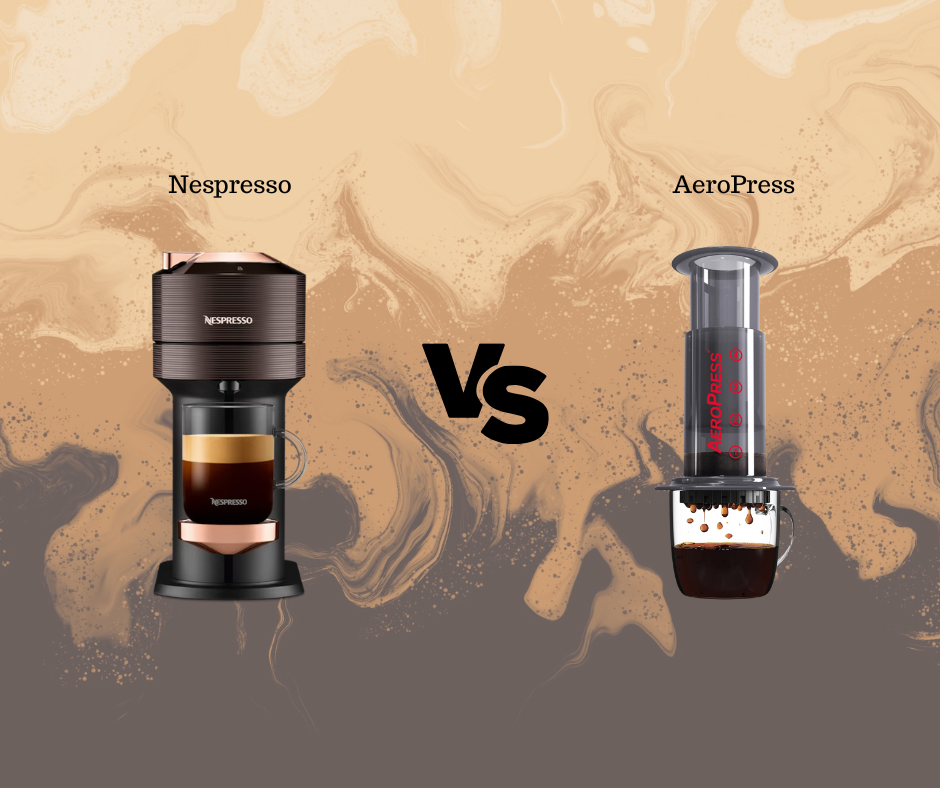Robusta often gets a bad rap in specialty coffee circles—but when it comes to espresso, especially blends, Indian Robusta plays a crucial role. With twice the caffeine content of Arabica, thick crema production, and a bold, bitter backbone, Indian Robusta in espresso offers structure, punch, and texture to espresso shots. But not all Robustas are created equal.
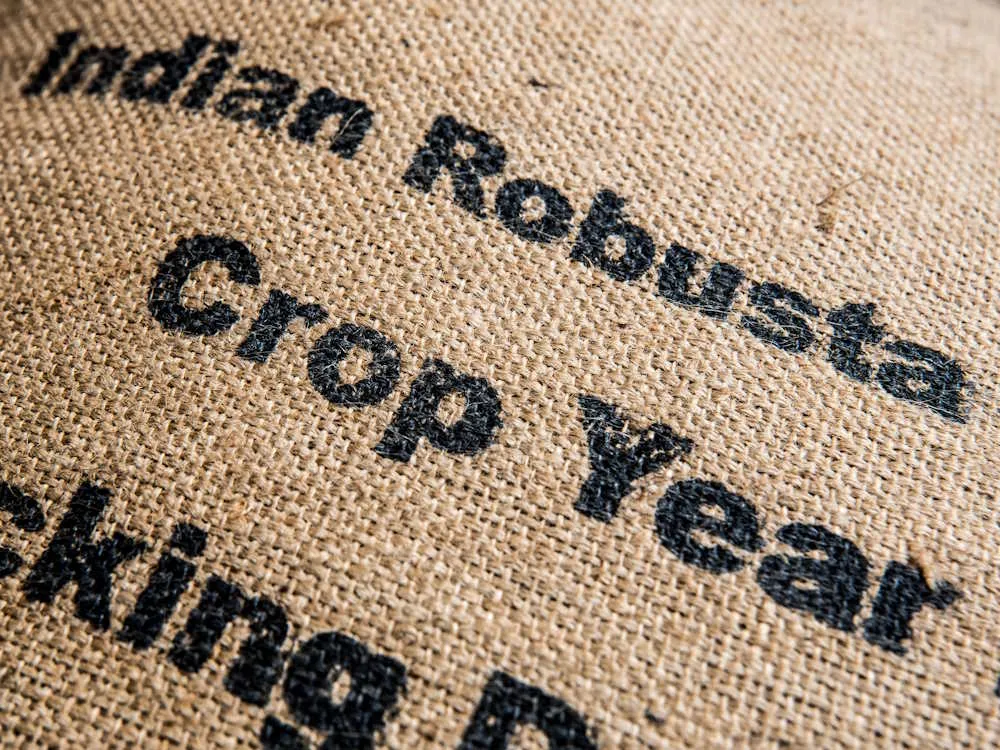
In this article, we explore the unique characteristics of Indian Robusta, why it’s different from low-grade Robustas elsewhere, and how to use it to elevate espresso blends or brew a powerful solo shot that demands attention.
What Makes Indian Robusta Unique?
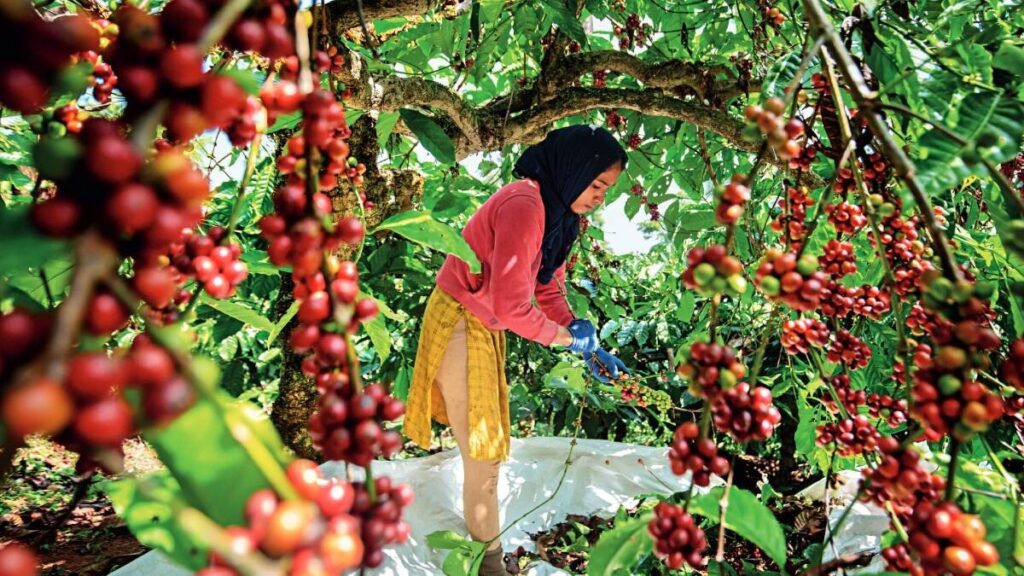
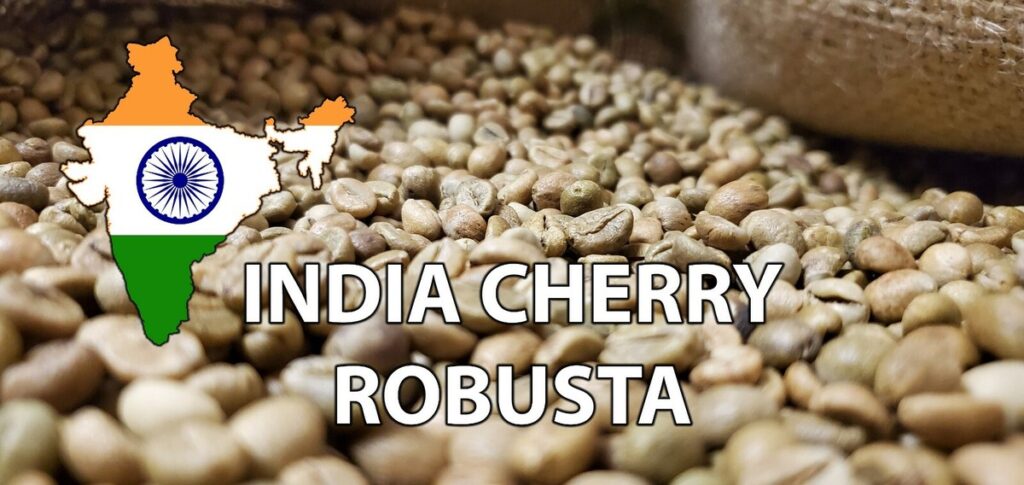
India is one of the few countries producing specialty-grade Robusta—particularly in regions like Karnataka, Kerala, and Tamil Nadu. The country’s unique processing techniques (especially monsooning) and focus on quality make Indian Robusta stand apart from its commodity-grade counterparts.
Key Traits of Indian Robusta
- Higher caffeine: ~2.2–2.7% (Arabica averages 1.2–1.5%)
- Thicker crema: more oils and CO₂ retention
- Lower acidity: earthy, nutty, bold profile
- Natural resistance: to pests, drought, and disease
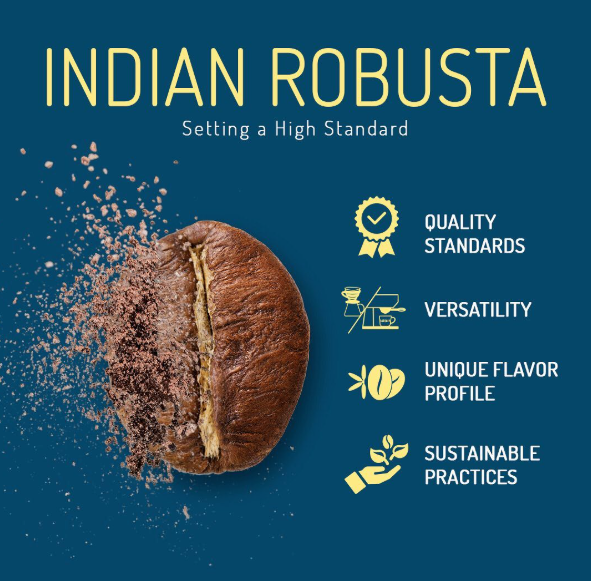
Robusta’s Role in Espresso
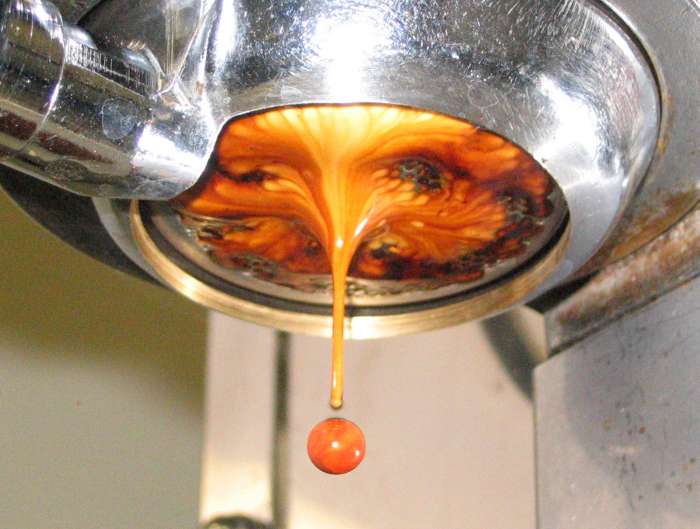
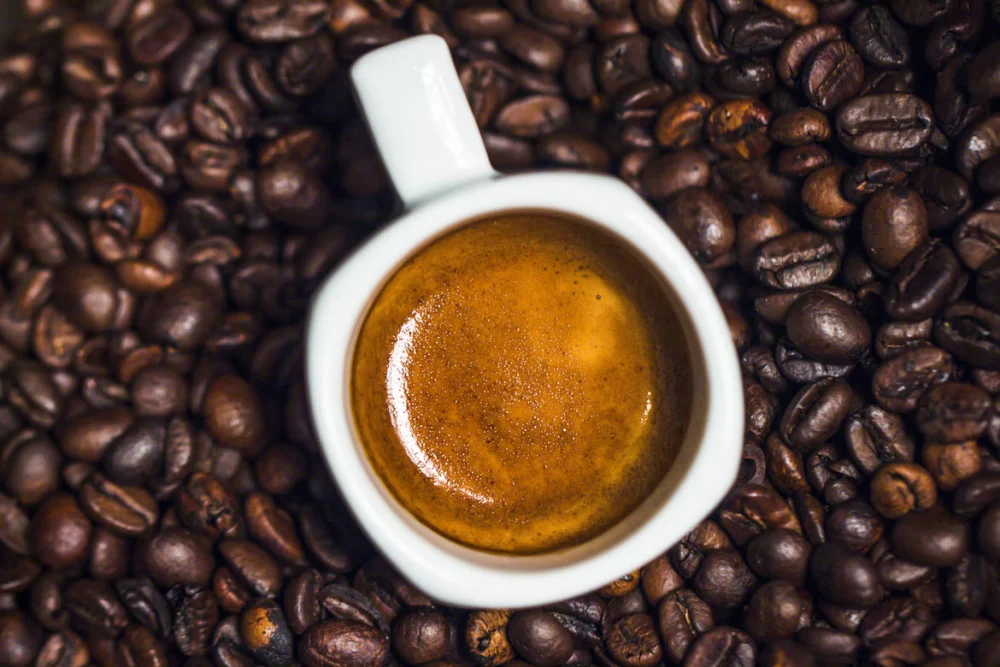
Crema Enhancement
Robusta is famous for creating a rich, golden crema—particularly important in commercial espresso applications where visual appeal matters. This crema also helps trap aromatic compounds, contributing to perceived intensity.
Caffeine Kick
In café settings, Robusta is sometimes used to boost caffeine content—especially in espresso-based drinks like cappuccinos, which are consumed fast.
Flavor Profile of Indian Robusta in Espresso

Expect:
- Bittersweet chocolate
- Dark roast peanut
- Smoky or woody notes
- Low acidity, high bitterness
- Thick, syrupy body
While it lacks the floral nuance of Arabica, Indian Robusta adds a bold, grounding element that holds its own in milk.
Ideal Use Cases for Indian Robusta in Espresso
Barista prepping an espresso blend with Robusta and Brazil
In Blends
- Adds crema structure
- Increases body and bitterness
- Enhances roast tones
- Common in Italian-style and commercial espresso blends
Popular ratios:
- 80/20 (Arabica/Robusta) for balance
- 70/30 for extra crema and power
As a Single Origin Shot
- Less common in specialty cafés
- Works well as a short ristretto
- Ideal for hardcore coffee lovers or early-morning power shots

Roast Profiles and Recommendations
Robusta requires a different roast strategy:
• Roast slightly darker to develop sweetness and balance bitterness
• Watch for sudden first crack and uneven development
• Slow drum speed helps even out roast defects
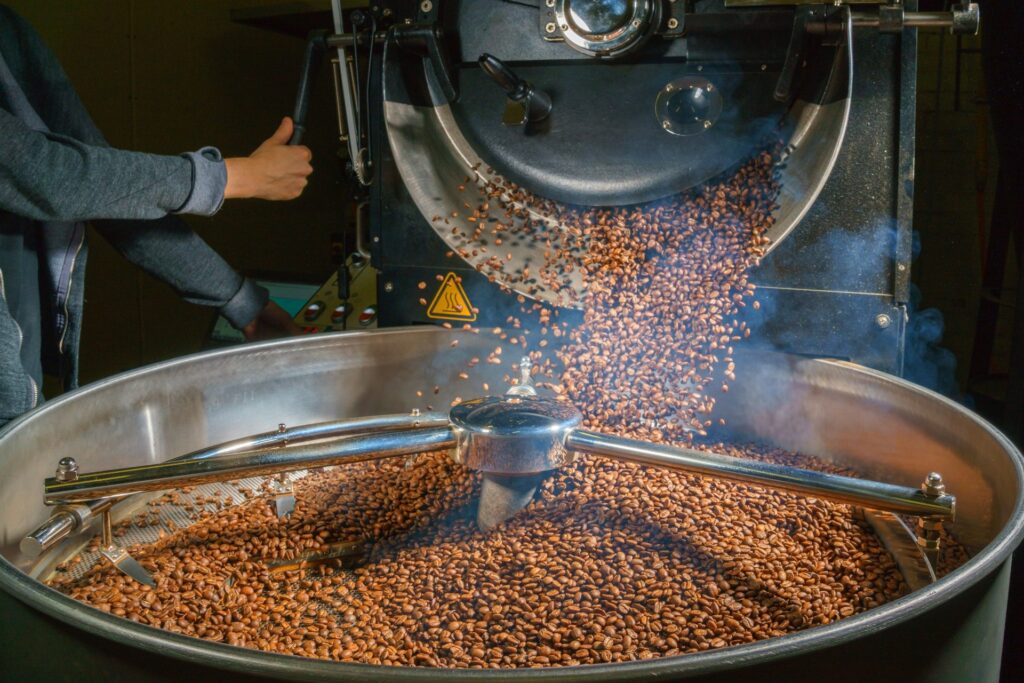
Dark roast helps bring out chocolate, reduce astringency, and enhance body.
Extraction Tips for Indian Robusta
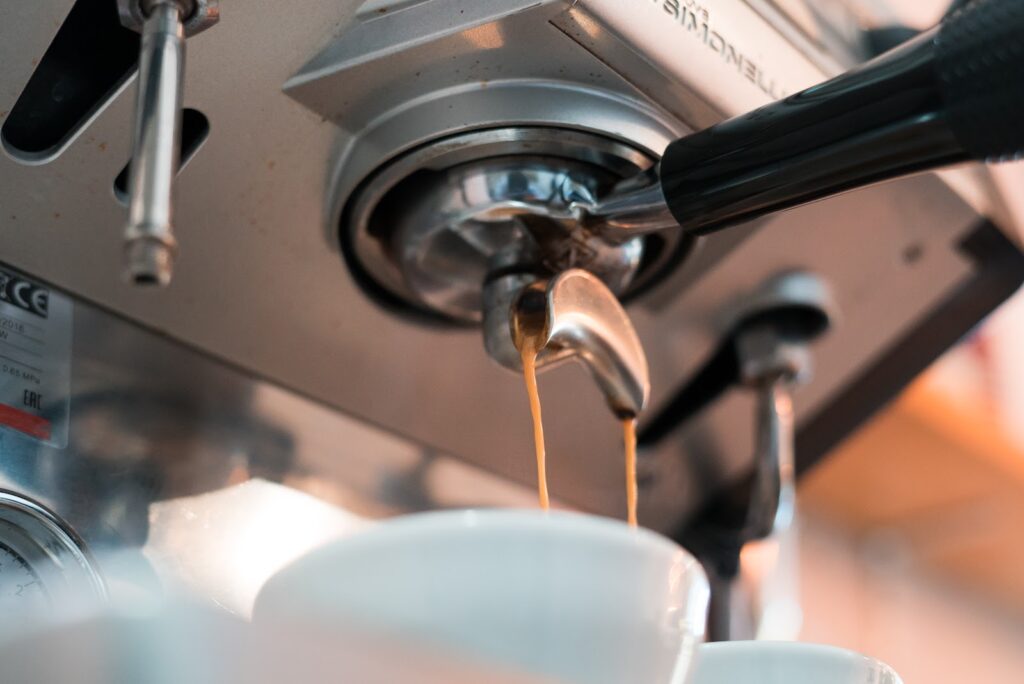
Suggested Starting Recipe
- Dose: 18.5–19g
- Yield: 35–38g
- Time: 26–30 seconds
- Temp: 198–199°F
- Grind: Slightly coarser than medium roast Arabica
Troubleshooting
- Problem Symptom Fix
- Overly bitter Harsh aftertaste Shorten brew time, reduce temp
- Weak crema Thin layer Increase dose or freshness
- Ashy flavor Over-roast or stale Use fresh, specialty-grade Robusta
Specialty Robusta and the Rise of Quality Standards
Organizations like R-Coffee, the India Coffee Board, and Cup of Excellence are pushing Robusta to new levels with:
- Improved fermentation
- Experimental processing (e.g. anaerobic, honey, monsooned)
- Careful drying and sorting techniques
These innovations have resulted in Robusta scoring over 80 points on cupping scales—qualifying as specialty coffee.
Robusta and Sustainability
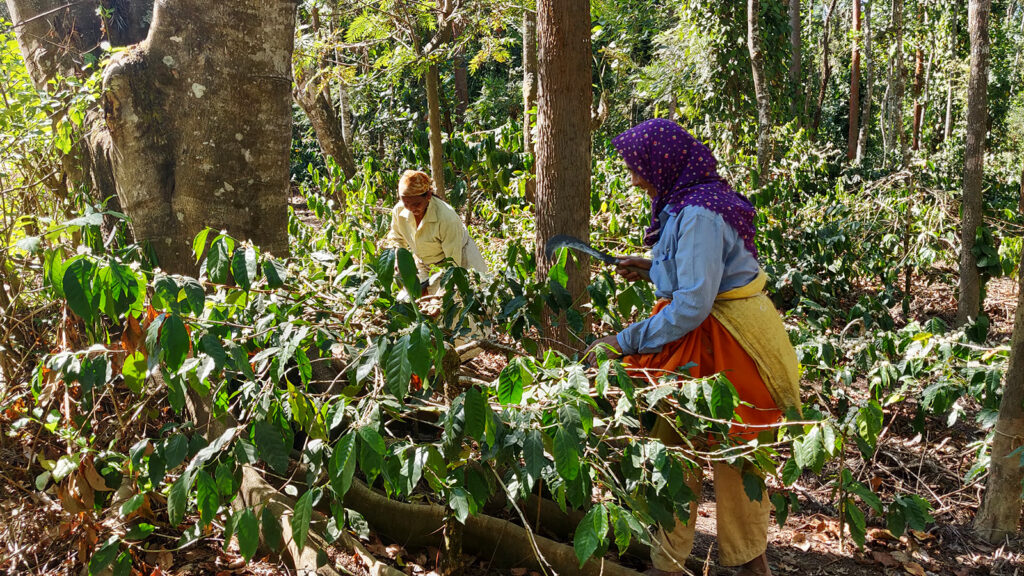
Robusta grows in more climate-resilient conditions, needs less pesticide, and produces higher yields, making it a viable option for:
- Climate change adaptation
- More sustainable commercial blends
- Economic stability for farmers
Final Thoughts: Robusta Isn’t the Enemy—It’s a Tool
Indian Robusta proves that when grown and processed with care, it can offer more than just bitterness and bulk. It brings texture, caffeine, crema, and structure—essential qualities in a good espresso shot.
Rather than avoiding Robusta, espresso drinkers and roasters should see it as a strategic ingredient—one that, when blended or used intentionally, adds depth and character to any espresso lineup.
Written by Jose Luis Surjan
Espresso & Latin Food Expert

